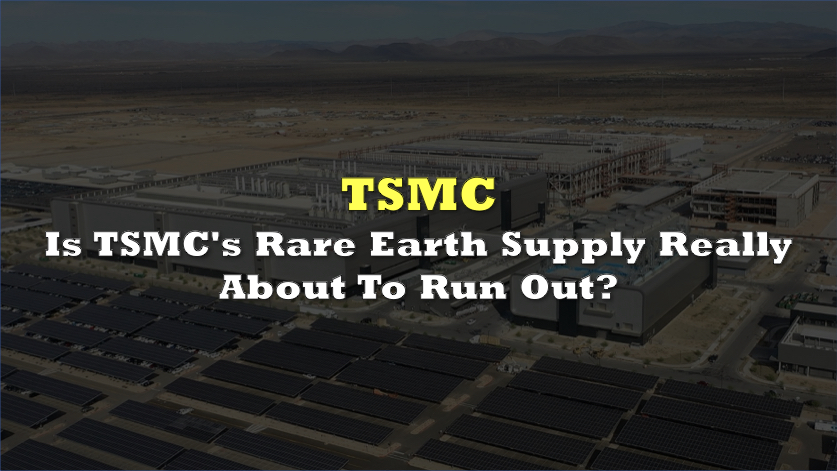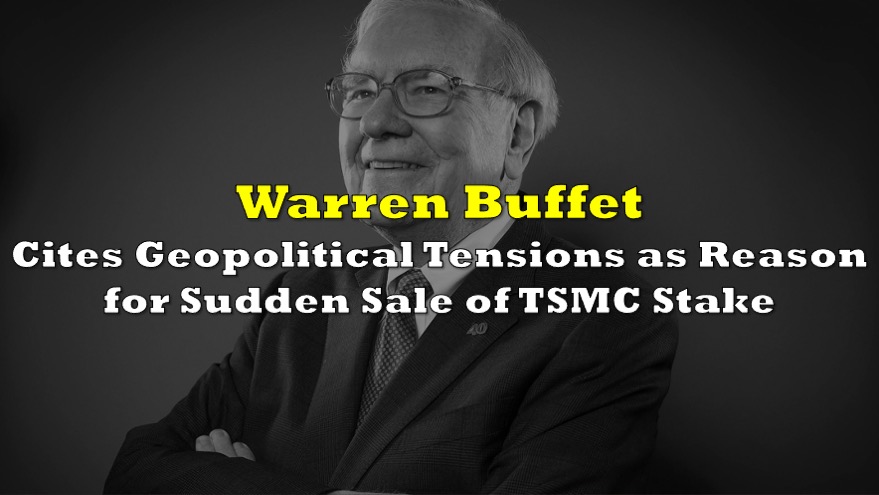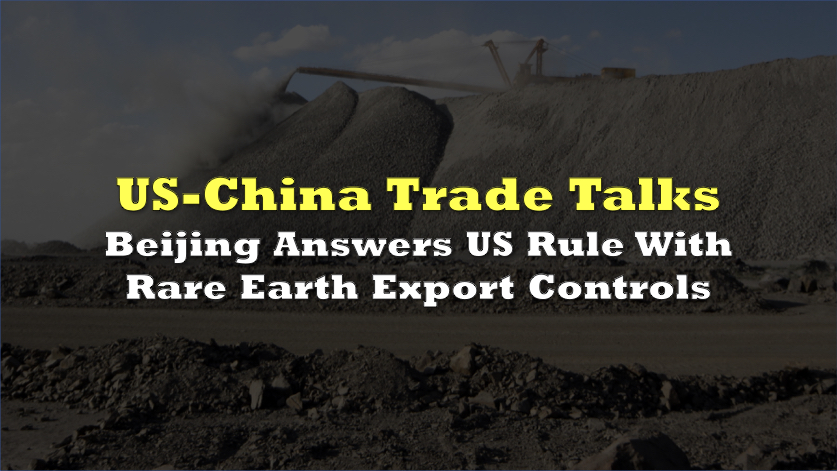With the rare earth race heating up and export controls being tightened, one can wonder on how other markets that are not China nor US are doing in terms of supply.
An observer posted a claim that TSMC had only 30 days of rare earth inventory left, allegedly confirmed by the firm’s chairman, Wei Zhejia. The X post amplifies a claim from China’s State Council Taiwan Affairs Office press conference on Wednesday where a reporter cited unnamed foreign media attributing to Wei a warning that the Arizona factory’s rare earth inventory suffices for only 30 days without mainland Chinese supply, risking a production halt.
On the morning of October 22nd, TSMC Chairman Wei Zhe jia said the rare earth inventory of the factory is only enough to sustain for 30 days, and if it cannot obtain rare earth supply from mainland China, its production capacity will be paralyzed.
— DaiWW (@BeijingDai) October 23, 2025
I was not sure before that…
The author’s post admitted that “there are currently no English media reports on this matter” but the source of this news is from “a press conference held by the Taiwan Affairs Office of the State Council.”
There are currently no English media reports on this matter. The source of this news is from a press conference held by the Taiwan Affairs Office of the State Council. A reporter asked the spokeperson:
— DaiWW (@BeijingDai) October 23, 2025
"TSMC Chairman Wei Zhe jia said that he will accelerate the expansion of…
Be that as it may, China’s policy backdrop is real and recent. Earlier this month, Beijing expanded export controls, adding five more rare earth elements and dozens of processing equipment items, while flagging tighter review for semiconductor-related uses. Several legal briefs note phased effective dates, including immediate coverage for mining technology and a November commencement for other items.
Taiwan’s economic ministry drew an important distinction earlier this month, saying the newly controlled elements differ from those used in wafer fabrication in Taiwan, and that most rare earth derivatives for domestic needs are sourced from Europe, the US and Japan. The ministry still warned of second-order effects on end markets such as autos and drones.
The chip tool chain is the plausible chokepoint rather than the wafer process itself. Industry reporting highlights that rare earths are embedded in high-precision lasers, magnets, and subsystems inside lithography and deposition equipment made by firms like ASM and Applied Materials. China’s rules also introduce re-export approvals for foreign products containing Chinese-origin rare earths, which could slow shipments of tools or spares.
TSMC’s diversification push in Arizona is a counterweight to dependency risk. Company and local press materials show a previously pledged US$65 billion for three fabs in Phoenix, with the first fab entering commercial production in 2024 and additional US investments discussed in 2025, including a further US$100 billion plan for more fabs and advanced packaging.
The claim that TSMC has only 30 days of rare earths would imply a cutoff around November’s third week, yet there is no hard evidence of an immediate crisis and market reactions remain calm. The near-term risk would rise only if China’s new licensing rules are enforced in a way that specifically restricts TSMC and no substitutes are secured, which could create a late-November pinch.
Structurally, China processes an estimated 85% to 95% of global rare earths and TSMC depends on these inputs, meaning even its Arizona Fab 21 at 4 nm and 5 nm nodes could be exposed if supply chains are disrupted.
Information for this story was found via Reuters and the sources and companies mentioned. The author has no securities or affiliations related to the organizations discussed. Not a recommendation to buy or sell. Always do additional research and consult a professional before purchasing a security. The author holds no licenses.









